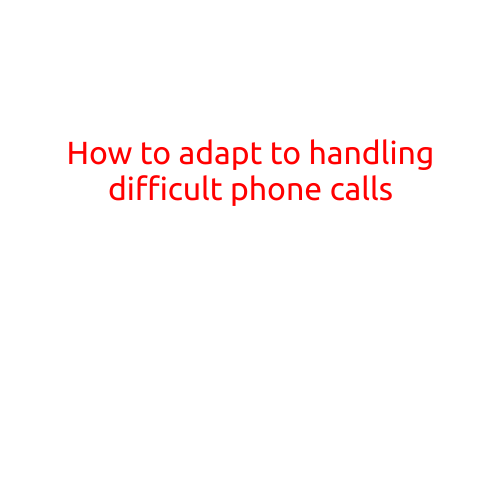
What Makes a Good Effective Call Transfer Practices?
Call transfer is an essential part of any contact center operation, allowing agents to seamlessly hand over customer calls to other agents or departments. Effective call transfer practices are crucial to ensure that customer calls are handled promptly, efficiently, and with minimal disruption. In this article, we will explore what makes a good effective call transfer practices and provide tips to improve your call transfer process.
Why is Effective Call Transfer Important?
Effective call transfer is important for several reasons:
- Customer Satisfaction: Call transfers can be a significant source of frustration for customers, especially if not handled properly. A smooth transfer process ensures that customers receive the help they need quickly and efficiently.
- Agent Productivity: Good call transfer practices reduce the time agents spend on customer calls, allowing them to focus on other tasks and increasing their overall productivity.
- First-Call Resolution: Effective call transfer ensures that customers receive the necessary assistance on the first call, reducing the need for callbacks and follow-up calls.
Key Elements of Effective Call Transfer Practices
- Clear Communication: Clear communication is essential for a successful call transfer. Agents should clearly communicate the reason for the transfer, any relevant information, and the purpose of the transfer to the receiving agent.
- Proper Handover: Agents should ensure a smooth handover by transferring the call promptly, minimizing the delay, and providing any necessary context or information to the receiving agent.
- Agent Training: Agents should be trained on call transfer best practices, including how to communicate effectively, handle objections, and manage the transfer process.
- Call Record Keeping: Call records should be kept up-to-date and accurate to track the transfer process, ensuring that customer information is not lost or compromised.
- Post-Transfer Follow-up: After the transfer, it is essential to follow up with the customer to ensure that their issue has been resolved and to gather feedback on the transfer process.
Tips to Improve Your Call Transfer Process
- Develop a Standardized Procedure: Establish a standardized procedure for call transfer, including protocols for handling common issues and objections.
- Use Technology to Your Advantage: Utilize technology, such as call recording software and screen sharing tools, to facilitate the call transfer process and improve communication.
- Monitor and Analyze: Monitor and analyze your call transfer process to identify areas for improvement and optimize your strategy.
- Provide Feedback: Encourage agents to provide feedback on the call transfer process, and use this feedback to make improvements.
- Recognize and Reward: Recognize and reward agents who handle call transfers effectively, and provide incentives to motivate them to improve their skills.
Best Practices in Call Transfer
- Prioritize Customer Needs: Prioritize customer needs and ensure that the receiving agent is equipped to handle customer requests effectively.
- Keep Records Up-to-Date: Keep accurate and up-to-date records of customer calls, transfers, and resolutions.
- Communicate Effectively: Communicate effectively with customers, agents, and other stakeholders involved in the call transfer process.
- Train Regularly: Provide regular training to agents on call transfer best practices, process improvements, and new technologies.
- Conduct Regular Audits: Conduct regular audits to ensure that call transfer processes meet quality standards and are in compliance with regulatory requirements.
Conclusion
Effective call transfer practices are essential for any contact center operation seeking to improve customer satisfaction, agent productivity, and first-call resolution rates. By following the key elements of effective call transfer practices, developing a standardized procedure, and implementing technology to your advantage, you can ensure a smooth and efficient call transfer process. Remember to prioritize customer needs, keep records up-to-date, communicate effectively, train regularly, and conduct regular audits to continuously improve your call transfer process.





